Are you a super-grandparent? It’s the key to a longer life
Are you a super-grandparent? If you don’t exercise daily, you’re in trouble. The key to a longer life is staying with the fitness ‘tribe’.
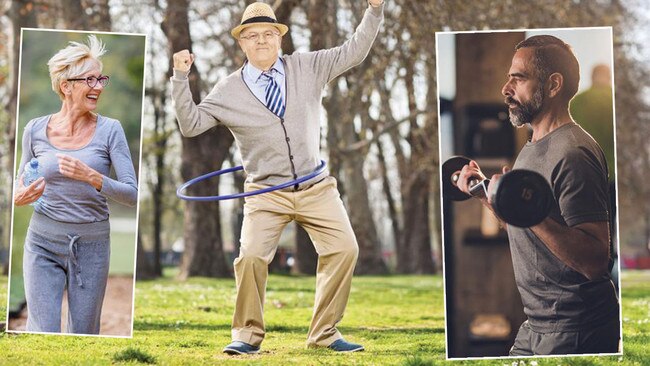
Daniel Lieberman, an evolutionary biologist from Harvard University, proposes that preconceptions about our physical decline as we age are largely misplaced. Our early ancestors needed to be fit enough to help nurture grandchildren and, he says, we evolved in the same way. “Humans live long beyond their reproductive years for a reason, and staying physically active throughout life is how and why we achieved this.” In other words the need to keep moving may be encoded in our genes.
It’s a theory that Lieberman and a team of Harvard colleagues outlined in a paper published in the Proceedings of the National Academy of Sciences recently. What they call the “active grandparent hypothesis” explores how tribespeople who moved the most often lived the longest. “Until fairly recently people stayed physically active throughout life because we are designed to do that,” Lieberman says. “When we are not active enough our bodies plough energy into processes that increase negative health. We store extra unused energy as fat and visceral fat that contribute to diseases of modern ageing.”
Anything requiring sweaty physical effort, though, triggers a cascade of events in our bodies that serve to make us stronger. “It prompts physical stressors such as tiny tears in muscles, micro-cracks in bone, the denaturing of protein. Only when we have worked physically hard do our bodies turn on repair mechanisms and initiate cellular mechanisms that keep us healthy and prevent decline.”
Which may go some way to explaining the seemingly preternatural vim of super-grandparents such as Pierce Brosnan (68), Tony Blair (68), Carole Middleton (67), Eddie Murphy (60) and Judy Murray (62).
At 57 Lieberman runs daily, but he knows it can be hard to coax the body into action. “It’s human instinct not to want to do it sometimes, because exercise is stressful and it’s tough. I go out knowing I am going to push myself and that it might be uncomfortable, but that my body needs me to do it.”
We should do at least the 150 minutes a week recommended by the NHS, he says. “We don’t need a huge amount of it to get benefits, and 21 minutes a day … goes a long way. It really is never too late to start.”
HIT THE STAIRS
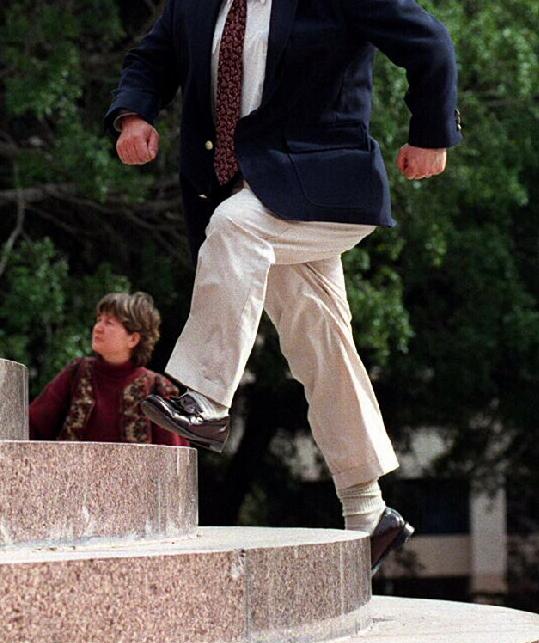
Janet Lord, who is the director of the MRC-Versus Arthritis Centre for Musculoskeletal Ageing Research in Birmingham – and has just celebrated her 65th birthday – says she makes sure she climbs her stairs “at least ten times in a day”. Stairs, Lord says, provide an ideal exercise combo. “You work aerobically going up them, more if you run, and work against a resistance coming down,” she says. “Your quads, glutes and leg muscles all work to support you and take your body weight as you descend a flight of stairs.”
Daily stair climbing has also been shown to help lower body weight and blood pressure, as well as boost higher aerobic fitness, all implicated in accelerated ageing, in middle-aged women. Data from the Harvard Alumni Health Study, which tracked 8,874 men in their sixties for 12 years, found that those who climbed 35 or more floors a week had significantly enhanced longevity prospects compared with those who climbed fewer than ten flights. “Stair climbing was associated with a lower risk of mortality from any causes,” the researchers said.
START RESISTANCE TRAINING
If there’s one activity you should take up if you haven’t done so already it is resistance training, which is any exercise that causes the muscles to work against an external resistance, such as weights, resistance bands, weights and even your own body weight (eg press-ups).
Lieberman says that some form of resistance exercise, with or without weights, is an essential part of the anti-ageing process. “We need to stress our bodies in every way possible to keep them healthy and to prevent decline,” he says. “Resistance training is one of those ways.”
By our early forties, most of us are losing muscle mass at a rate of about 5 per cent per decade, a process of decline known as sarcopenia that can precipitate a slide towards frailty and falls unless we at least attempt to stall it. “Muscle mass isn’t there just to enable us to move around,” Lord says.
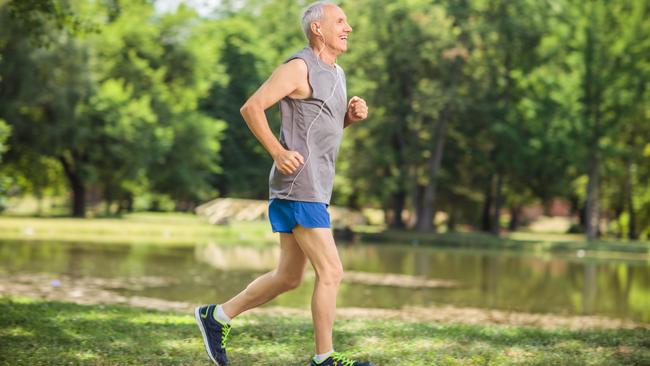
“Working our muscles against a resistance releases hormones called cytokines that help to make our immune system function better so that it becomes less pro-inflammatory, thereby protecting tissues in our muscles and bones from damage.”
Older muscles do not regenerate easily but resistance training has been shown to undo some of the damage accrued by the body’s cells as they age. For one trial, previously sedentary participants who were either under 30 or over 64 were asked to do one of three forms of exercise: vigorous weight training several times a week; interval training on an indoor bike three times a week; and moderate indoor cycling for 30 minutes. After three months a team from the Mayo Clinic compared their muscle biopsies with those of sedentary controls and found that the cellular health of the older participants who had lifted weights showed the most significant improvement. “Weights are one way to resistance train, but I use resistance bands two or three times a week,” Lord says. “It’s not my favourite activity, but it is an absolute necessity.”
Researchers at the University of Birmingham found that even those who are unaccustomed to any form of structured exercise benefit from the introduction of weights. In a study of men aged between 60 and 80 years old, they compared the muscle-building ability of non-exercisers with that of master endurance athletes.
Although they expected to find that the master athletes would have better capacity due to years of a “training effect”, both groups fared equally well, says Leigh Breen, associate professor in metabolic and molecular physiology and one of the authors of the study.
IMPROVE MUSCLE POWER
Muscles need to be strong but also powerful to keep you young. To achieve this you need to inject an element of speed – when resistance training, think about how forcefully and quickly you move the weights and not just the amount being lifted or the number of repetitions. It will pay off. When researchers from the Clinimex Exercise Medicine Clinic in Brazil tested the maximal muscle power of 3,878 nonathletic participants aged 41-85, they found that those with greater than average levels of muscle power for their age and sex had the best survival rates. In a paper presented to the 2019 scientific congress of the European Society of Cardiology, the lead author, Professor Claudio Gil Araujo, outlined simple ways to boost muscle power.
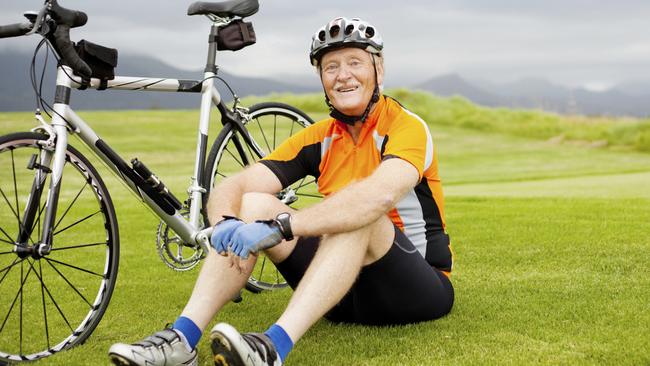
You should select multiple exercises that work the upper body (eg biceps curls with a dumbbell) and lower body (eg a seated leg press) and choose a weight that is neither too easy nor too difficult to lift. Perform one to three sets of six to eight repetitions, moving the weight as fast as possible and slowing to return to the start position. Rest for 20 seconds between each set to replenish the energy stores in your muscles and then start again.
“Power training is carried out by finding the best combination of speed and weight being lifted or moved,” Araujo says. “Rising from a chair in old age and kicking a ball depend more on muscle power than muscle strength, yet most weight-bearing exercise focuses on the latter.” The good news is you don’t need to spend hours in the gym – longevity improves when you are “above the median for your sex” and no additional benefit was seen in those with supreme muscle power.
AIM FOR 7000 DAILY STEPS
In recent years researchers have found the sweet spot for longevity to be about 7,000 steps a day. In a study of 2,110 middle-aged adults, those who covered that daily amount were up to 70 per cent less likely to die at a younger-than-expected age than those who habitually walked less. The same researchers reported in JAMA Network Open that covering more than 10,000 steps a day – the holy grail, according to fitness trackers – offered no greater drop in mortality risk, although Lord says generally the more you move the better. “There should be no real upper limit in your mind,” she says. “Consistently amassing this level of steps or higher as you get older is a good thing.”
KEEP CYCLING OR RUNNING
If you’ve always been active, keep it up. “Inevitably you will slow, as you can’t prevent muscle mass declining completely,” Lord says. “But there is evidence that lifelong exercisers can defy the ageing process.” She cites a study on lifelong competitive cyclists aged 55-79 that she and colleagues published in the Ageing Cell journal. Lab tests on the cyclists revealed that, compared with a group of young adults and 57 to 80-year-olds who did not exercise, there was no dramatic loss in muscle mass and strength despite advancing years and the cyclist’s body fat or cholesterol did not rise with age.
What surprised Lord and her team was that long-term exercise also seemed to have an anti-ageing effect on the immune system. “The cyclists still made lots of new immune T-cells, produced by the thymus, an organ that usually starts to shrink as we get older. Yet the lifelong exercisers had a thymus that made as many new cells as the young people thanks to high levels of a hormone called interleukin 7 in their blood, and that helps to stop the thymus from shrinking.”
Since muscle cells are among body cells that make interleukin 7, it follows that exercising them will help to keep your immune system primed. “There is no need to stop what you like doing,” Lord says. “You can run and cycle into your seventies and beyond.”
The Times




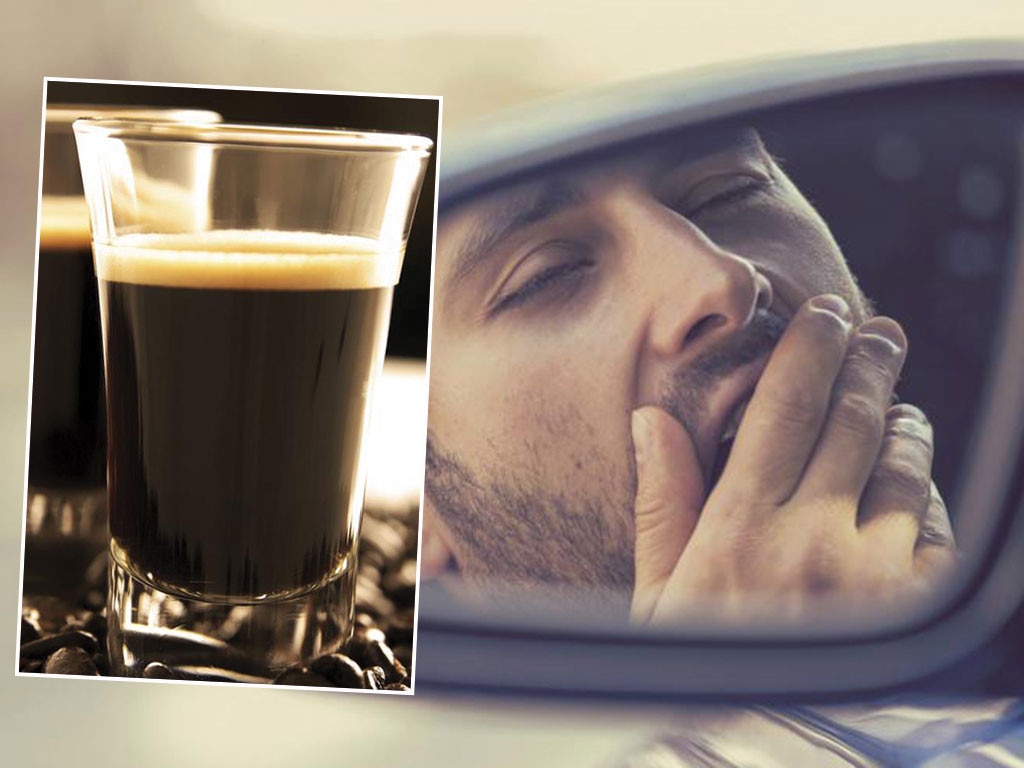
To join the conversation, please log in. Don't have an account? Register
Join the conversation, you are commenting as Logout